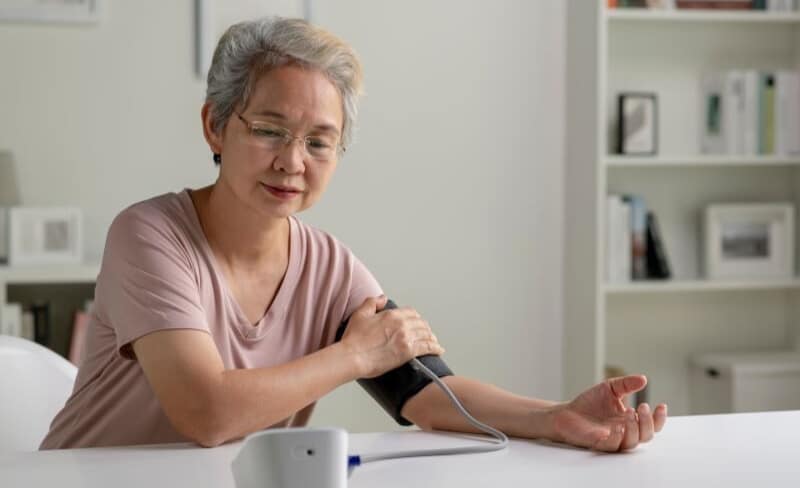Remote patient monitoring (RPM) enables patients to record and report medical data from the comfort of their own home. By using self-monitoring devices, patients can collect relevant information regarding chronic conditions that care providers need to make timely and impactful decisions.
For example, patients with diabetes can use blood glucose meters to consistently track and report glucose levels throughout the day without needing an appointment. The patient’s care team can then monitor those readings and make informed recommendations regarding medication, nutrition, and exercise levels.
RPM helps improve patient outcomes, but like any other care plan, it’s critical to understand the role that insurance providers will play. This guide will focus on how to navigate remote patient monitoring Medicare guidelines, so your practice can leverage this technology to benefit patients and your business.
Who Qualifies for Remote Patient Monitoring (RPM)?
Patients dealing with either chronic or acute conditions can be eligible for remote patient monitoring services. Typically, services that monitor and analyze chronic conditions like diabetes, sleep apnea, and asthma fit neatly into the RPM classification. However, recovery from certain acute conditions, such as a broken bone, may also be eligible for remote patient monitoring.
In addition to the chronic conditions listed above, the Health Resources and Services Administration states that the conditions requiring regular use of the following equipment may also fall under RPM services:
- Weight scales
- Pulse oximeters
- Blood glucose meters
- Blood pressure monitors
- Apnea monitors
- Heart monitors
- Dementia monitors
- Parkinson’s disease monitors
- Breathing apparatuses
- Fetal monitors
Contact us to learn more about how your care center can use remote patient monitoring to improve health outcomes.
An Example of Remote Patient Monitoring in Action
An example of remote patient monitoring is TimeDoc Health’s self-monitoring blood pressure devices. Our cellular-enabled cuffs are designed to be easy to use, even for those who are not tech-savvy, and do not require Bluetooth pairing, WiFi, or other internet requirements. Since these devices operate on cellular networks, the data transmission is consistent and reliable.
The key feature of TimeDoc Health’s RPM devices is the seamless integration with existing electronic health records (EHR). Patient data collected from devices like the blood pressure cuffs is automatically uploaded to a centralized platform provided by TimeDoc Health, which integrates with EHR systems. This integration facilitates real-time health monitoring, allowing healthcare providers to receive immediate updates about their patients’ conditions. Providers are alerted to any abnormal readings, which enables prompt responses and adjustments to treatment plans if necessary.
This RPM setup exemplifies how modern technology can bridge the gap between traditional in-office visits and modern care needs, offering continuous monitoring that enhances patient outcomes and helps manage chronic conditions effectively.
Seamlessly Integrate Remote Patient Monitoring Services with TimeDoc
RPM can have immense benefits for both patients and care providers. Yet, remote patient monitoring documentation requirements can create unwieldy overhead. Fortunately, remote patient monitoring companies—such as TimeDoc Health—make integrating RPM into your practice a seamless experience, from equipping your team with efficient tools to setting up billing systems. Here’s how you can benefit:
- Easy-to-use RPM devices
- EHR integrated technology
- Automatic data collection
- Customizable alert settings
- Remote care coordination
- Central care management platform
Schedule a demo today to begin leveraging comprehensive RPM services.




